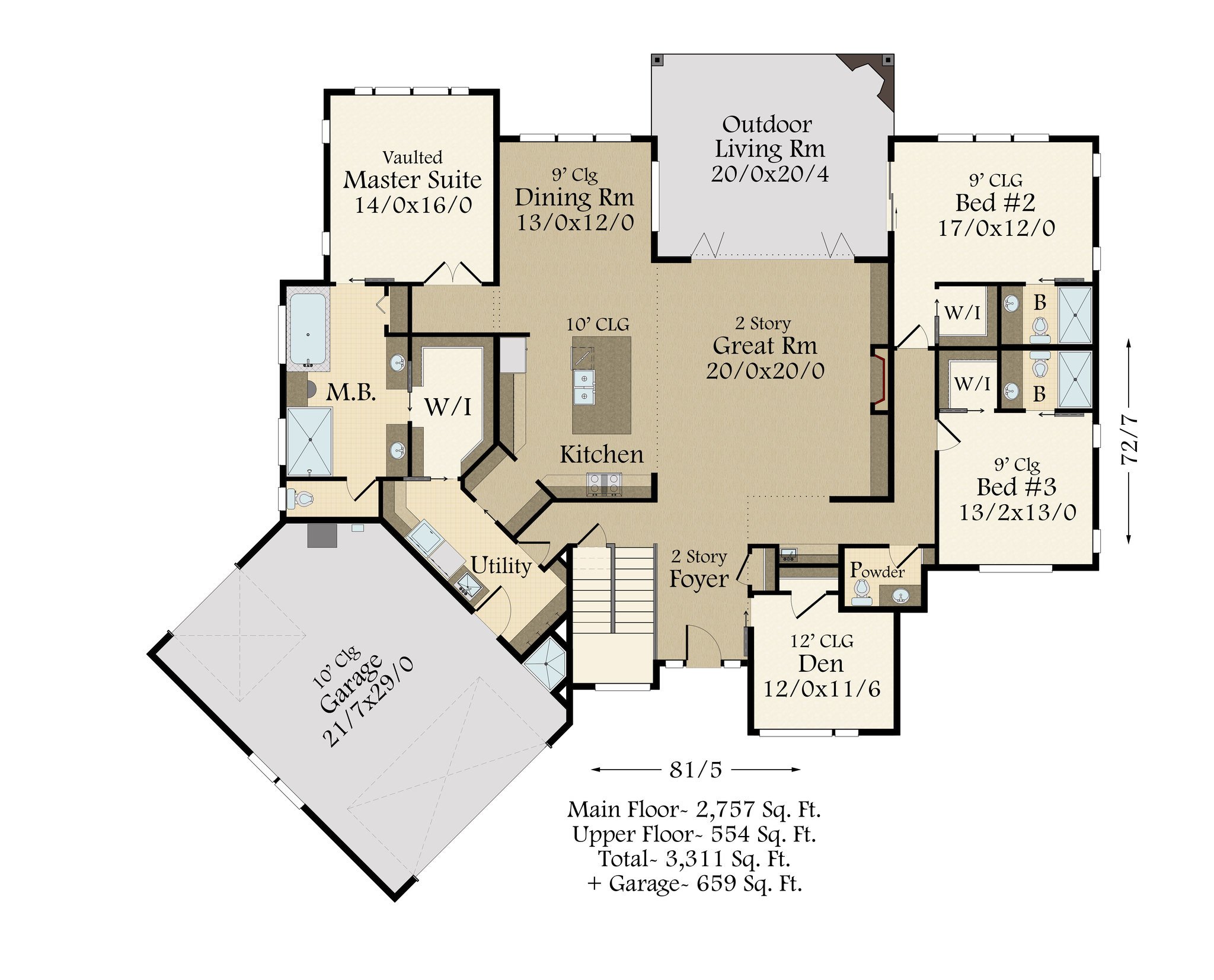The Appeal of One-Level Living: Two Bedroom House Plans One Level

The allure of one-level living is undeniable, especially for two-bedroom homes. This design choice offers a range of advantages that resonate with a diverse spectrum of homeowners, from young families to aging individuals.
One-level homes are becoming increasingly popular due to their practicality and accessibility. This trend is particularly pronounced in the realm of two-bedroom homes, where the desire for simplicity and ease of movement is paramount.
Advantages of One-Level Living, Two bedroom house plans one level
The benefits of single-story living extend to families, individuals, and those planning for the future.
- Accessibility: One-level living eliminates the need for stairs, making it easier for individuals of all ages and abilities to navigate their homes. This is particularly beneficial for families with young children, seniors, and those with mobility challenges.
- Safety: The absence of stairs reduces the risk of falls, a significant safety concern for seniors and families with young children.
- Convenience: One-level homes simplify daily routines, allowing homeowners to easily access all areas of the house without having to climb stairs.
- Maintenance: Single-story homes are generally easier to maintain, as there are fewer surfaces to clean and fewer potential areas for wear and tear.
- Energy Efficiency: One-level homes can be more energy-efficient than multi-level homes, as they have a smaller overall footprint and less surface area exposed to the elements.
Comparison of One-Level and Multi-Level Homes
While one-level homes offer numerous advantages, it’s essential to consider the pros and cons of both single-story and multi-level designs.
- One-Level Homes:
- Pros: Accessibility, safety, convenience, ease of maintenance, energy efficiency.
- Cons: Limited space, potentially higher construction costs per square foot.
- Multi-Level Homes:
- Pros: More space, potential for unique architectural features.
- Cons: Accessibility challenges, safety concerns, increased maintenance, potential for higher energy consumption.
